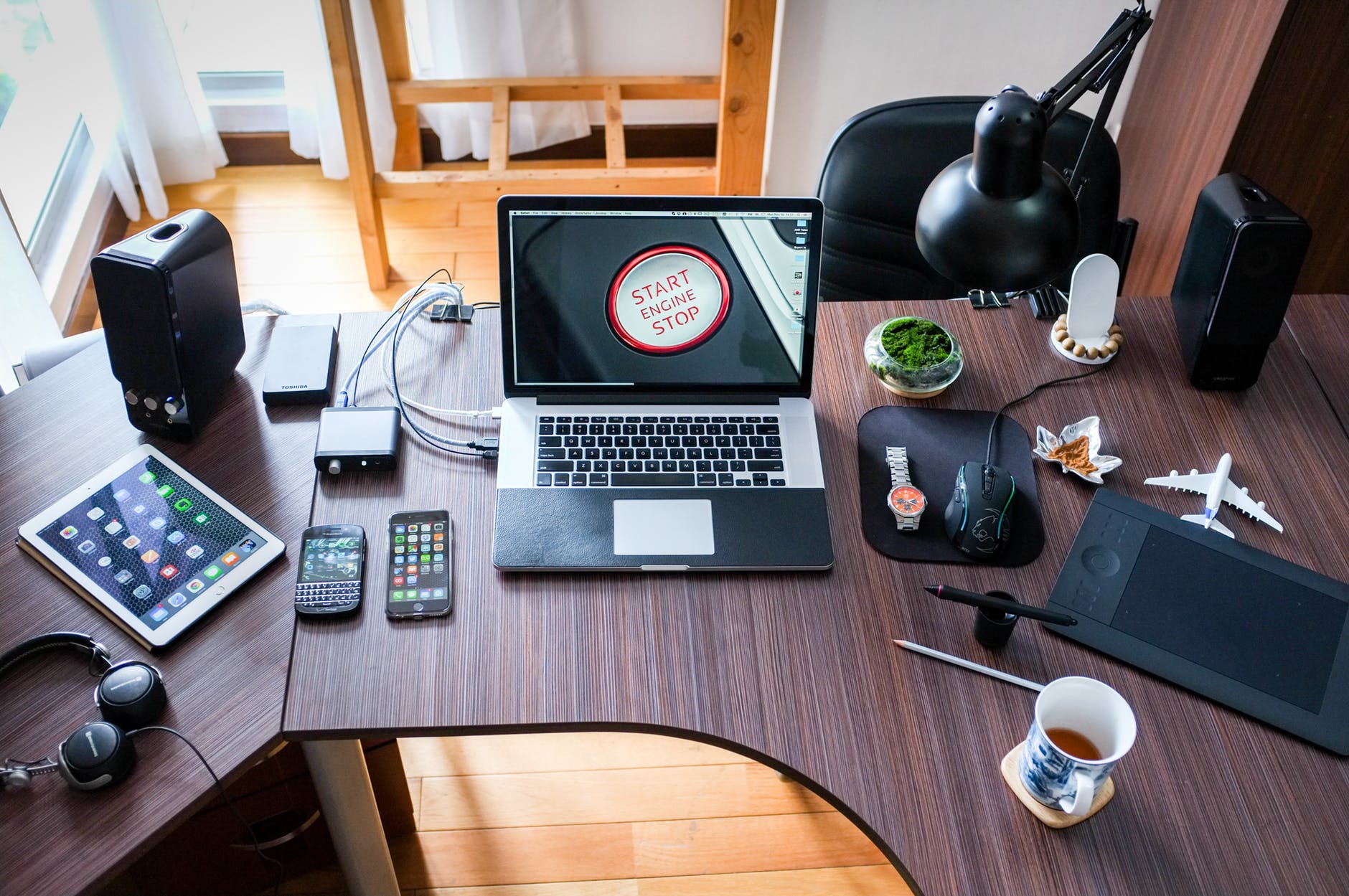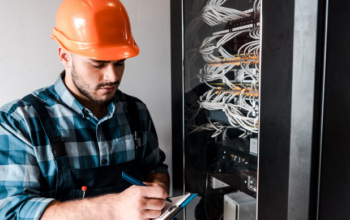Freelancing is on the rise as the gig economy kicks into full gear and tremendous number of opportunities open up for people of different professional backgrounds and skillsets. In fact, at least one study has shown that nearly 40 percent of the American workforce will be freelancers by the year 2020.
The situation is similar in many places around the world, so much so that professional services firm Ernst & Young has estimated that by the same year, some 20 percent of workers globally will be part of the gig economy. In the Philippines, there are currently 1.5 million freelancers, and their numbers are expected to grow even more in the coming years.
If you’re one of these people who are hoping to benefit from the gig economy and who plan to join the world’s army of freelance workers, then it’s best that you prepare for the career shift well in advance. One of the most important things that you need to consider is how to set up your home office. In this article, we’ll be providing you with some useful tips in order to do just that.
Prepare Early
Perhaps, you still have your regular day job, and you’re still only lurking around your trusted freelance job search website to check out what sort of gigs are available in your industry. Maybe you’re already freelancing on the side, but you’re still keeping that 9-to-5 work only until you could set aside enough money to tide you over until you’re more or less established as a freelancer. However, no matter how early you are into your freelancing journey, you should already start preparing for the big move you’re planning to make. After all, you wouldn’t want to find yourself not having a proper space to work in when those anticipated projects start pouring in eventually.
Prepare a budget
Make no mistake, freelancing is not just like setting up your own business, it’s setting up an actual business, one in which you’re the boss but also the person who bears the brunt of all financial responsibilities.
You’re going to be paying for many of the things that you used to take for granted when you worked in an actual office. These include the basics like a desk, a comfortable chair, a computer, and all sorts of peripherals, including a printer, a pair of headset, a telephone, and whatnot. You’ll also be paying for office supplies, internet subscription, software subscriptions, and utility bills.
Perhaps, the best way to approach the situation is to itemize the costs that you’ll incur when you first set up shop, and then to identify the expenses that will keep recurring thereafter. This way, you’ll have a broader view of your financial state of affairs, allowing yourself to better prepare for outlays yet to come.
Choose a space that is conducive to productivity
You can’t really expect to work productively if you set up your home office in a location where there’s constant distraction—whether it’s from a television, a game console, your kids, your pets, and so on.
Decide on a space where you can have peace and quiet while you’re working, and where your professional life is well-insulated from your personal life. This way, you can maintain your concentration and get the things that you need to get done as quickly and as efficiently as possible.
Invest in comfortable and efficient equipment
It can be tempting to consider the aesthetic aspect of your home workspace before you even get your office equipment game down to a tee. However, acquiring top-quality productivity-related equipment should be the one higher up in your list of priorities.
Make sure to get a computer that gets the job done, an office chair that will not give you chronic back pain down the line, and an internet plan that will not conk out when you least expect it to. Equipment that allows you to work in the first place—and which can help you improve your overall productivity—should always take primacy over frills and decorations.
Invest in interior design and lighting that works
Once you’re able to secure the most important home office necessities, it would be safer to consider how you can make your workspace more favorable through proper interior design and aesthetics. After all, who would want to work in a bleak and uninspiring environment, right?
One particular aspect of interior design that you should take into account is lighting. Proper illumination of your home office space is very important since poor lighting can cause eye strain and headaches, in addition to possibly being detrimental to your psychological wellbeing. You can’t expect to get work done if you’re rendered irritable or your mood is dampened by lighting that is too dim, bright, or austere.
Freelancing is a great way to steer your own professional life in the direction you wish to take it. It’s definitely not the easiest way to achieve success, but with hard work and a clear vision, you’re bound to create a thriving personal business that likewise affords you the financial freedom you desire. Make sure you’re properly equipped for it by having a home office that maximizes your potential.
Related Posts












